In this article we learn about 3D Printers in Bahrain, what to look out for when buying a 3D Printer, where to get them and how to maintain them. We also inform about the prices of 3D Printers in Bahrain.
Content
- What is 3D printing?
- Research Different types of 3D printers
- 3D printer prices in Bahrain
- Steps to Buy a 3D Printer in Bahrain
- 3D Printer Maintenance – Tips and Tricks
- TLDR
- FAQ
What is 3D printing?
3D printing, or additive manufacturing, is a process of making three-dimensional objects by laying down successive layers of material. 3D printers create objects by following a digital 3D design file. Printing with a 3D Printer is becoming more popular and has many uses like product design, manufacturing, education, and art.
If you are interested in buying a 3D Printer in Bahrain, then keep reading! This article provides steps and tips on how to buy the best 3D printer for your needs and also mention.
Research Different types of 3D printers
There are various types of 3D printers based on technology, price, and purpose. Common types are desktop fused deposition modeling (FDM) printers, resin-based printers, and laser sintering printers. Each type has its own advantages and disadvantages depending on the desired output quality and material:
Fused Deposition Modeling (FDM) printers
Advantages: Inexpensive, widely available, and can print with various filament materials. Good for hobbyist use.
Disadvantages: Typically slower print speeds and lower resolution than other types. Limited to printing objects that can be built with layered filament.
Buying suggestion: For hobbyists, an FDM printer with a decent-sized build volume and compatibility with common filaments like PLA and ABS is good for basic projects. For commercial use, a higher-end FDM printer with faster speeds and higher resolution may be worthwhile if print quality is not the top priority.
Resin-based printers
Advantages: Produce high detail with smooth finishes. Well-suited for printing miniature objects or replicas with fine features.
Disadvantages: Limited material options to specialized resins. Resins and post-processing can be messy. Printer and resin can be more expensive than FDM.
Buying suggestion: For hobbyists, a resin-based printer can be good if you want to print high-precision models or miniatures. However, the costs and mess may be more than casual hobbyist use needs. For commercial use, resin-based printers are a good option if high detail and exacting replication of 3D models are required, despite the greater costs and handling needs versus FDM.
Laser sintering printers
Advantages: Wide material options, high speed, and high resolution. Useful for printing functional metal parts.
Disadvantages: Typically very expensive, large, and slow. Limited availability for hobbyists and smaller businesses. Powders can be hazardous to work with.
Buying suggestion: Laser sintering printers are likely only practical for industrial or commercial use where printing metal parts is needed. The costs and complexity are too great for most hobbyist or small-scale 3D printing needs. FDM or resin-based printers would be better options unless you specifically require laser sintering capabilities.
Consider these features when buying:
- Print volume,
- print speed,
- resolution,
- connectivity,
- filament compatibility,
- and price.
Larger print volume and higher resolution lead to better print quality but at a higher cost. Connectivity options allow you to control your printer remotely or wirelessly. Filament compatibility determines what kind of materials you can use for printing.
3D printer prices in Bahrain
Entry-level 3D printers cost BHD 50 to BHD 350 on websites like Bangood (usually free shipping to Bahrain) and AliExpress. More advanced 3D printers with larger build areas and faster speeds cost BHD 500 or more.
Here a selection of 3D Printers from these websites:
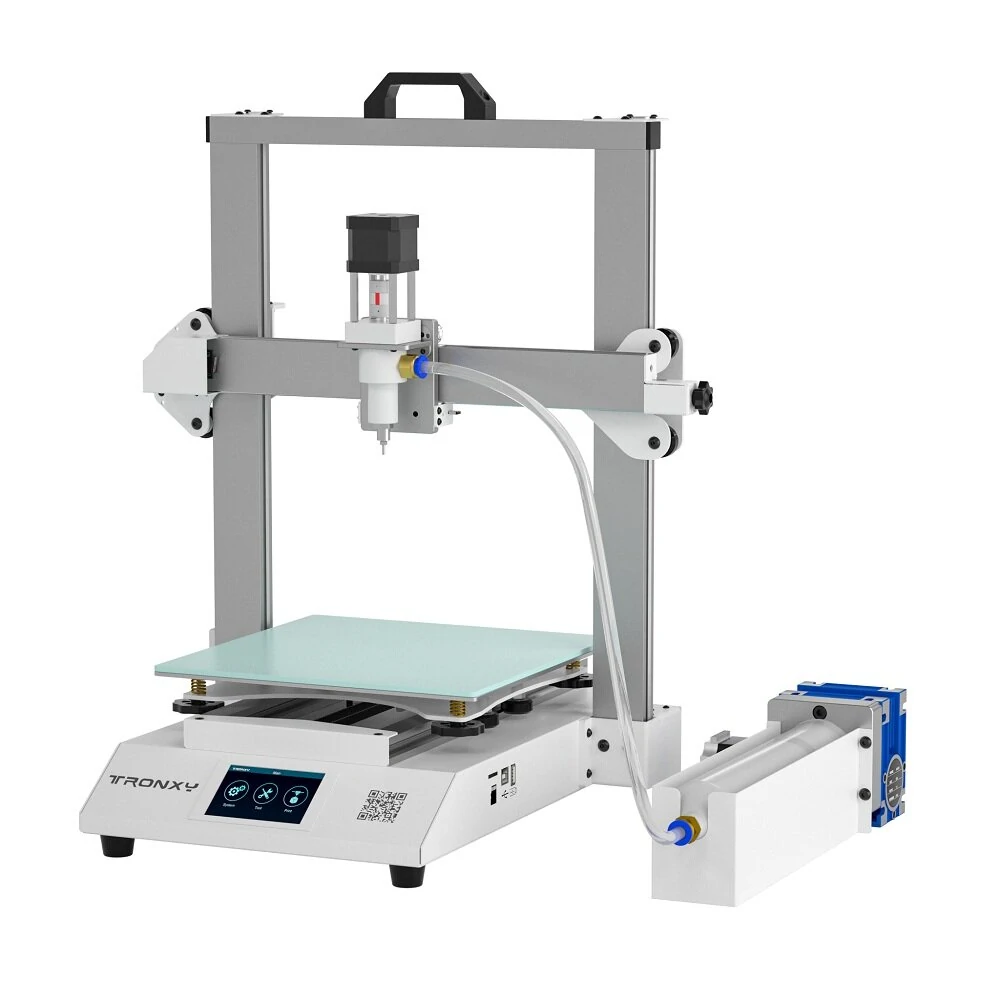
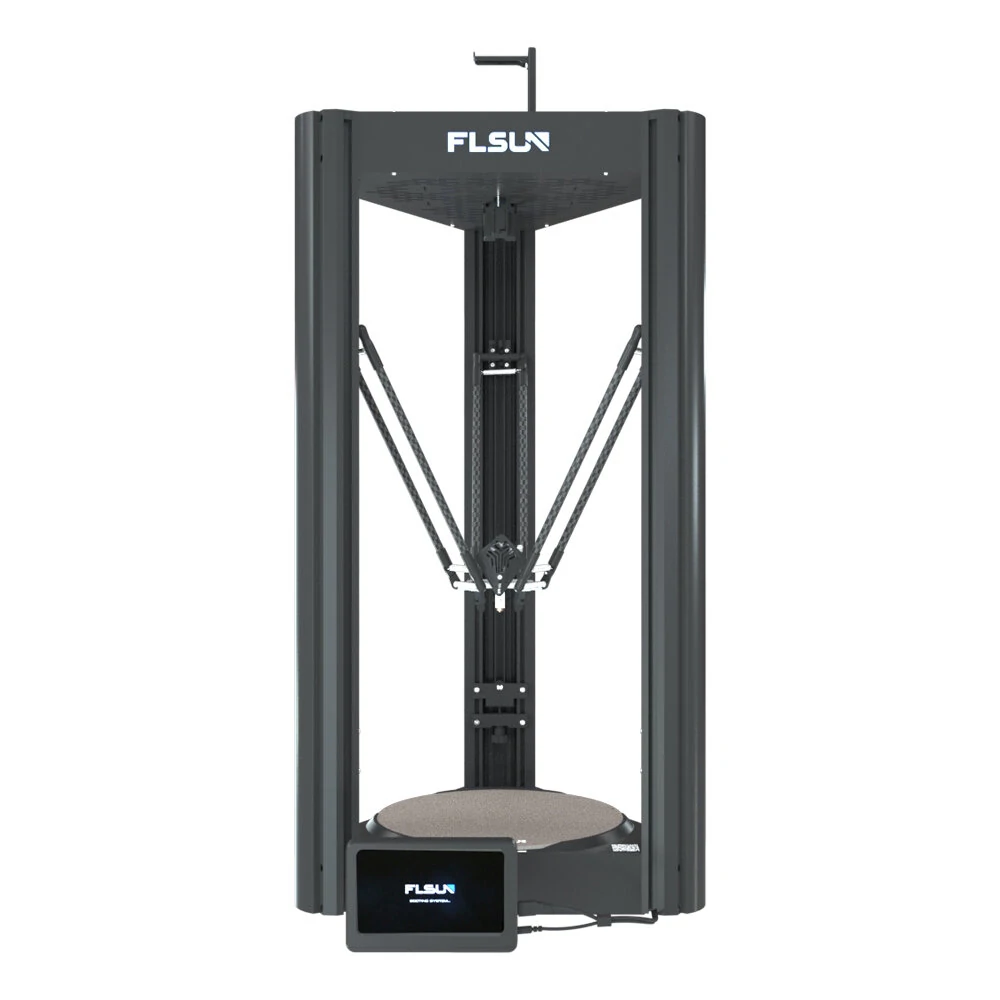
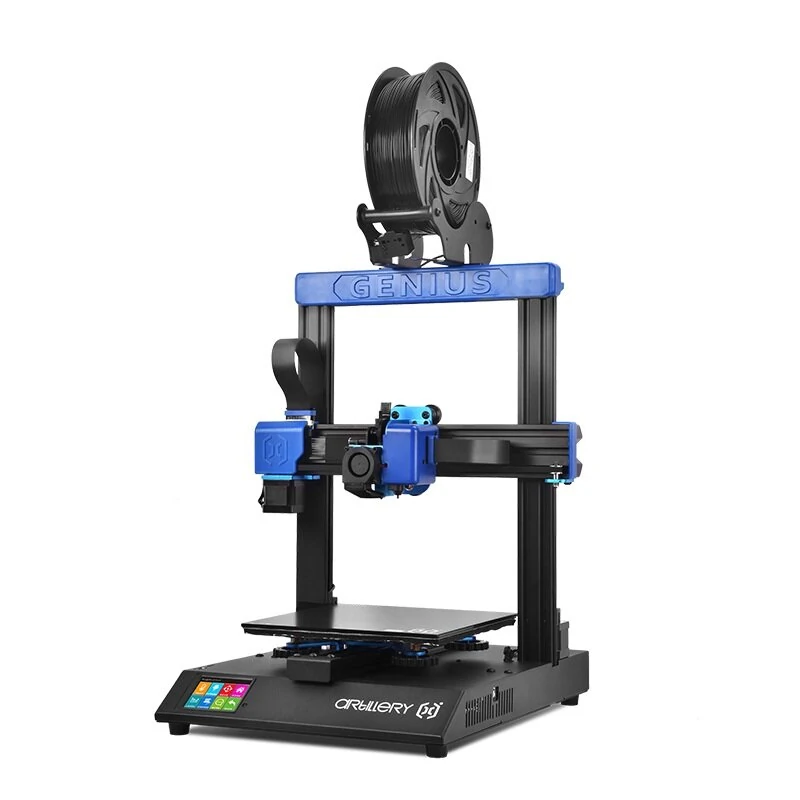
Steps to Buy a 3D Printer in Bahrain
- Determine your budget and purpose for buying a 3D printer. Different types of 3D printers have different prices and capabilities so you need to know what you want to print and how much you can spend.
- Research different types of 3D printers and features to consider. Some common types of 3D printers are FDM, SLA, DLP, SLS, etc. and some important features are print size, speed, resolution, materials, etc. You can read online reviews and guides to learn more about them.
- Compare brands and models of 3D printers that suit your needs. You can compare their specifications and prices online or visit local stores to see them in person. Click here to see the variety offered by Bangood or AliExpress.
- Choose a reliable seller or distributor of 3D printers in Bahrain that also offers warranty. You can buy a 3D printer online from international or regional suppliers.
3D Printer Maintenance – Tips and Tricks
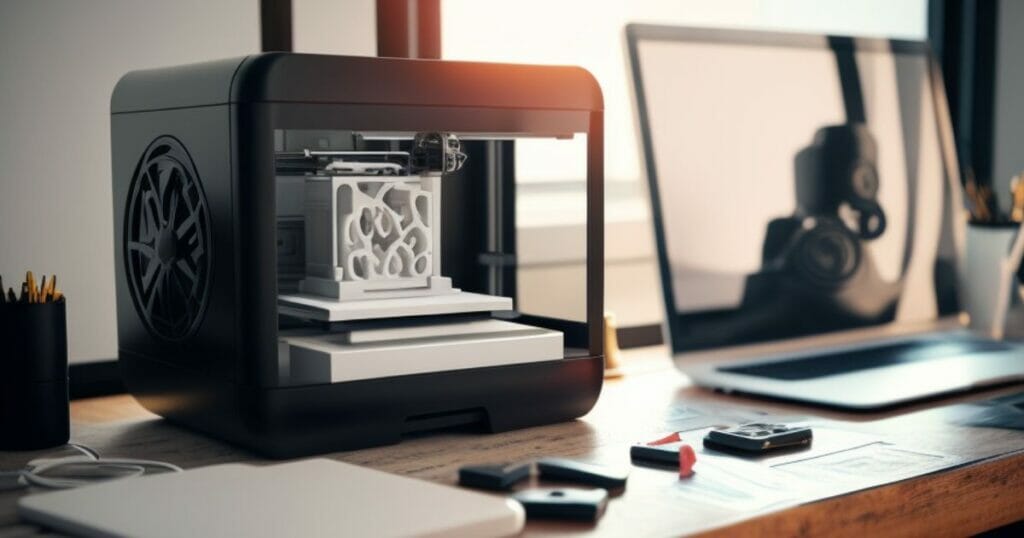
To keep your 3D Printer working well, maintain it properly with the following tips:
- Clean the print head and nozzle regularly to prevent clogs. Use a needle or wire to clear out any blockages or use a cleaning filament.
- Tighten loose screws and bolts. Check for wear and tear and replace parts if necessary.
- Lubricate the moving parts with machine oil occasionally. This keeps the 3D printer running smoothly and quietly and prevents rusting.
- Ensure the printing bed is level for the best print results. Adjust the bed leveling screws as needed or use an auto-leveling sensor.
- Store the 3D printer in a dry environment away from extreme temperatures. This prolongs the lifespan of the components and prevents moisture absorption by filaments. Buy necessary accessories to use with your 3D printer:
- Filaments: PLA and ABS are common types of filaments for desktop 3D printers. Buy filaments in the diameter and color you need and store them in sealed bags with desiccants (Desiccants are substances that absorb moisture like Silica Gel, for example).
- Printing bed: A glass or metal printing bed produces good adhesion and print quality. To achieve successful 3D prints, maintaining strong first layer adhesion is critical. Without proper adhesion, 3D printed parts may detach from the build plate mid-print or corners can warp, especially when printing temperature-sensitive filaments like ABS. Regardless of the adhesion method used, keep the build plate clean since any dirt, dust, or oils (even from your fingers) can compromise adhesion. For glass plates, isopropyl alcohol effectively removes residues. Glue sticks provide adhesion but can build up and require scraping and washing the plate. Special adhesion tapes or stickers also work but check for damage and replace them if necessary. (all3dp.com)
- Tools: Keep a set of tools like pliers, wrenches, scissors, knives, tweezers, calipers, etc. to clear jams and support the 3D printing process. Troubleshooting tips:
- Check for blockages in the nozzle or filament path if the filament is not extruding properly. Clear the blockage using a needle or wire or increase the extrusion temperature.
- Examine the 3D printer for loose connectors or worn out parts if there are odd noises or inaccurate prints. Tighten or replace necessary parts or recalibrate your printer if needed.
- Read error messages and consult your 3D printer manufacturer’s support resources if you are unable to resolve issues. Many companies provide troubleshooting guides and videos online or offer customer service via phone or email for assistance.
TLDR
In conclusion, 3D printing, also known as additive manufacturing, is the process of making three-dimensional objects by laying down successive layers of material. It has numerous applications in product design, manufacturing, education, and art. When buying a 3D printer in Bahrain, it is important to 1. research different types, such as FDM, resin-based, and laser sintering printers, and 2. consider features such as print volume, speed, resolution, connectivity, filament compatibility, and price.
Entry-level 3D printers cost between BHD 50 to BHD 350, while more advanced printers can cost BHD 500 or more.
To keep your 3D printer in good working condition, it is essential to maintain it properly by cleaning the print head and nozzle, tightening loose screws and bolts, lubricating moving parts, leveling the printing bed, and storing it in a dry environment.
Necessary accessories to use with your 3D printer include filaments, a printing bed, and tools such as pliers, wrenches, scissors, knives, and tweezers. Troubleshooting tips include checking for blockages, examining for loose connectors or worn out parts, and consulting the manufacturer’s support resources for assistance.
FAQ
What is 3D printing?
3D printing, or additive manufacturing, is a process of making three-dimensional objects by laying down successive layers of material. 3D printers create objects by following a digital 3D design file.
What are the different types of 3D printers?
Common types of 3D printers are:
- Fused deposition modeling (FDM) printers: Inexpensive printers that use filament materials like PLA and ABS. Good for hobbyist use.
- Resin-based printers: Produce high detail but are limited to specialized resins. Useful for printing miniatures or replicas.
- Laser sintering printers: Can print with various materials including metals. Typically very expensive and limited availability for hobbyists.
What features should I consider when buying a 3D printer in Bahrain?
Important features to consider when buying a 3D printer are:
- Print volume: The size of the objects you can print. Larger is better but more expensive.
- Print speed: How fast the 3D printer can print. Faster is better for productivity but can cost more.
- Resolution: The level of detail the 3D printer can achieve. Higher resolution leads to better quality but may take longer to print.
- Connectivity: Options to control the 3D printer wirelessly or remotely. Convenient but not required.
- Filament compatibility: The types of filament materials the 3D printer can use. More options are better but check that the filaments you want to use are supported.
- Price: 3D printers range in price based on their capabilities and features. Determine your budget before buying.
What is the price of a 3D Printer in Bahrain?
The price can range from BD 50 to BD 350 for a mid range 3D printer. More advanced 3D printers can cost BD 500+.
How do I buy a 3D printer in Bahrain?
Here are the steps to buy a 3D printer in Bahrain:
- Determine your budget and purpose for buying a 3D printer.
- Research the different types of 3D printers and important features to consider.
- Compare 3D printer brands and models that meet your needs. You can compare specs and prices online or visit local stores.
- Buy from a reliable 3D printer seller or distributor in Bahrain that offers a warranty. You can also buy them from Online Retailers whether locally or international, like Bangood and AliExpress.
How do I maintain and troubleshoot a 3D printer?
Here are some tips for maintaining and troubleshooting a 3D printer:
Maintenance:
- Clean the print head and nozzle regularly to prevent clogs.
- Tighten loose screws and bolts and lubricate moving parts.
- Ensure the printing bed is level for good adhesion.
Accessories to buy:
- Filaments: PLA and ABS are common. Store in sealed bags with desiccants.
- Printing bed: Glass or metal bed. Apply glue stick or hairspray for adhesion.
- Tools: Pliers, wrenches, scissors, knives, tweezers, calipers, etc.
Troubleshooting:
- Check for blockages if filament is not extruding properly. Clear clogs with a needle.
- Examine for loose connectors or worn parts if there are odd noises or inaccurate prints. Tighten or replace parts as needed.
- Read error messages and consult the manufacturer’s support if issues persist.

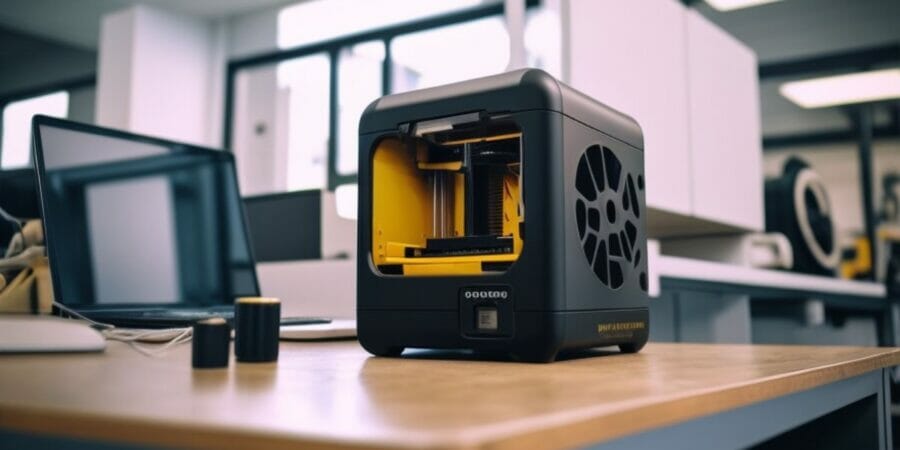
Leave a Reply